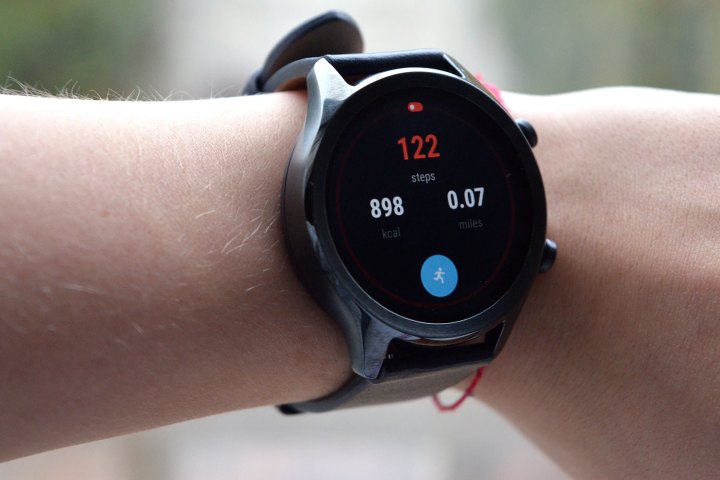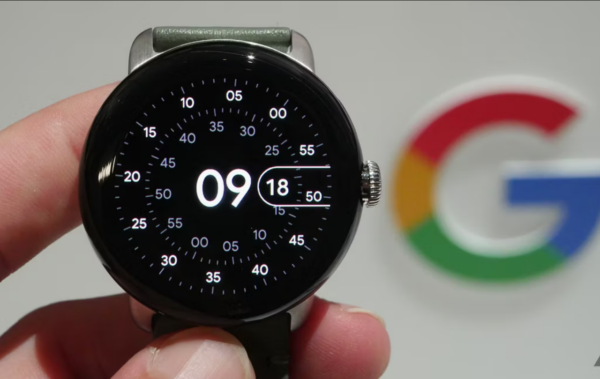Google launched Android Wear in 2014, and smartwatches became a hot topic. Who wouldn’t desire a wrist-mounted screen effortlessly connected to their phone and other devices? Android consumers longed for Google’s wristwatch to seamlessly merge with their digital environment. On October 6, 2022, Google released the Pixel Watch after several years.
Because to its health/fitness features and beautiful appearance, this Android wristwatch became one of the finest. Like any first-generation electronics, it has drawbacks. The watch cannot run Google Fit, a popular health and fitness program. This may be a dealbreaker for Google Fit users. Is it? Read on!
Pixel Watch Google Fit?

Google Fit isn’t pre-installed on the Pixel Watch, but you can use it. Update your WearOS software and download Google Fit from the Play Store, and you’re set. You may use Google Fit and the pre-installed Fitbit app together or disable Fitbit.
Background heart rate tracking is unique to the Fitbit app due to Google’s stipulations when acquiring Fitbit, although most Google Fit functions are available on Pixel Watch. This may attract some users to try Fitbit’s Premium membership, but it prevents the Google Fit app from tracking heart rate throughout the day. You may track your workout effort by taking manual heart rate readings or receiving heart rate statistics. Consider this before choosing a Pixel Watch fitness app.
Fitbit or Google Fit?

Google Fit, like Samsung Health and Apple Health, tracks steps, workouts, and other health data. Google Fit supports wearables less than Samsung and Apple. Instead, it collects data from Strava, Oura Ring, and Fossil, making it a health data center.
Fitbit, like Samsung Health and Apple Health, tracks weight, water consumption, and wearables. It also has music playback, customisation, auto pause, elevation tracking, calorie intake tracking via a barcode scanner, a password, and ovulation tracking, unlike Google Fit.
Google Fit provides unique features including routes support, widget support, smart coaching, pace monitoring, voice feedback, a food journal with a point system, live tracking/sharing, and a stopwatch. Both applications offer distinctive characteristics. Fitbit has the edge on the Pixel Watch because Google Fit can’t do background HRM.
Fitbit data to Google Fit?
![]()
Two ways to connect Fitbit and Google Fit data. Transfer your Google Fit data to Fitbit first. This lets you access your Pixel Watch’s health-tracking functions and save all your workout data. Fit data must be exported using Google Takeout and imported into Fitbit. It’s simple, yet there’s another way.
Health Connect is the second way to connect Fit and Fitbit data. Google may link Fitbit and Google Fit via this software, which syncs fitness applications. This solution is better than the previous since you can track and store data from many fitness platforms (Google Fit).
These methods work well with Fitbit and Google Fit, however they appear transient. Google aggressively shuts down duplicate services like Google Play Music and YouTube Music. Hence, one of these applications may disappear. Both applications now coexist.
Pixel Watch workouts
![]()
The Google Pixel Watch, a first-generation smartwatch, competes well with fourth- and fifth-generation models. It works with Pixel phones, Google security cameras, and smart TVs. The Pixel 7 is also healthy and fit. Fitbit’s thorough health tracking is included. The backdrop HRM and upcoming blood-oxygen meter are examples. It tracks climbing, swimming, and sleep habits to help you reach your fitness objectives.
And durability? No worries. Long-lasting Pixel Watch. This Corning Gorilla Glass watch can handle regular wear and tear. It’s 5 ATM water-resistant, so you can swim with it. It’s also tough. Fall detection enhances workout safety. Push yourself to the limit, knowing that assistance is just a wrist tap away. The Pixel Watch may not be the “Apple Watch of Android,” but it’s a great first-gen device.

